Onemeter vegetable gardens are popular all over the world. You will learn how to plant them after reading this.
What is a one-meter vegetable garden?
A one-meter vegetable garden is to divide some square or rectangular cultivation beds into many small squares of one foot by one foot. The size of the cultivation beds is generally about 1.0 to 1.5 square meters, which is suitable for hand reach, and then vegetables are planted in each square.
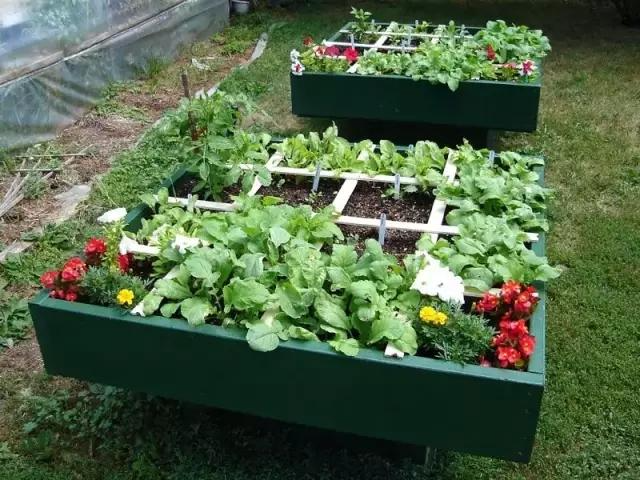
This is a vegetable growing method invented by a gardener named Mel Bartholomew. Once promoted, it quickly became popular all over the world. He is also known as the most influential gardening master of our time. This planting method is generally called a one-meter vegetable garden in our country.
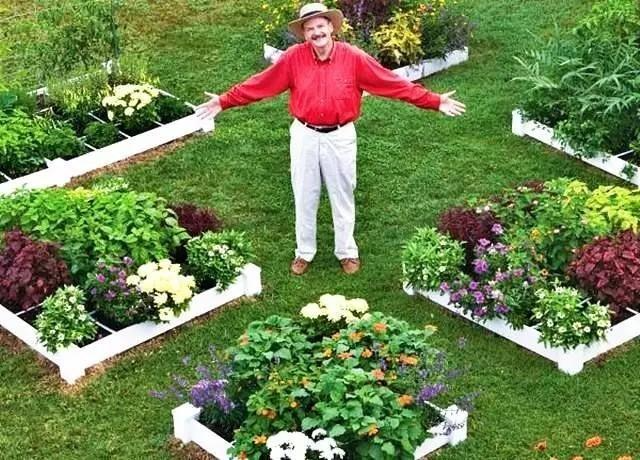
Advantages of One-Meter Vegetable Garden
1. Less labor. Traditional gardening requires heavy tools to loosen the soil, but with this method, the soil isn't compacted, yet it remains loose and fertile. Weeding takes only seconds to minutes, thanks to the lightweight soil and raised beds. Following Mel Bartholomew's method, yields are increased due to the rich soil mix, plant spacing, and lack of productive weeds.
2. Water conservation. The recommended soil mix has water-holding capacity, so the garden requires less water and consumes significantly less water than other gardening methods. Manual watering reaches the roots directly, resulting in less water waste and protecting tender shoots and seedlings.
3. No need for extensive weeding . One benefit of close planting is that the vegetables form a living mulch, shading weed seeds before they germinate.
4. No need for pesticides or herbicides. Natural pest control methods, such as complementary cultivation (such as planting marigolds or other pest-resistant herbs), can be very effective. Therefore, spraying pesticides is unnecessary. A wide variety of crops in a small space also prevents the spread of plant diseases.
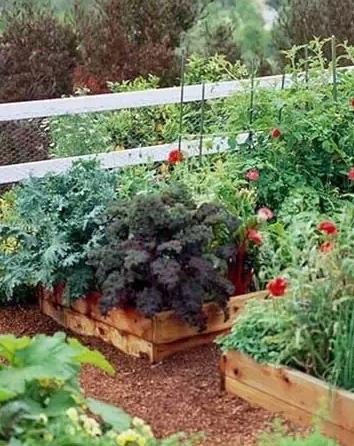
【Planting method】
1. First, build a planting box, which can be rectangular or square. The depth of the box is about 15 cm, and the length and width are 1-1.5 meters. This setting allows the gardener to water and pick vegetables from outside without having to step in.
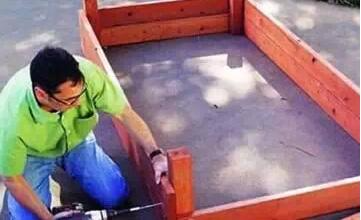
2. Then find a suitable place: this place should have 6-8 hours of sunshine every day, no trees around to provide shade, and no water accumulation on the ground.
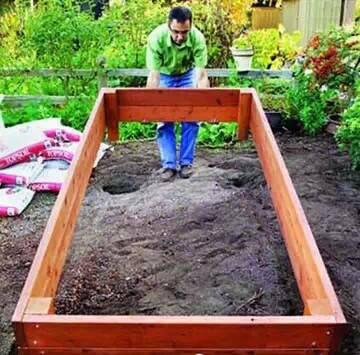
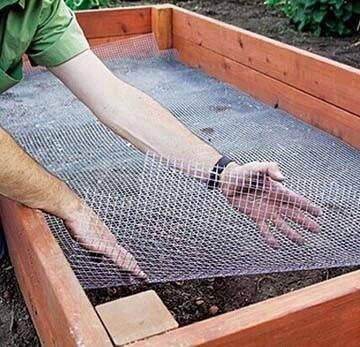
3. Mix a planting soil mixture of one part compost, one part peat moss, and one part vermiculite and place it in a wooden box. If peat moss and vermiculite are unavailable, use sand instead of vermiculite and sterilized soil instead of peat moss.
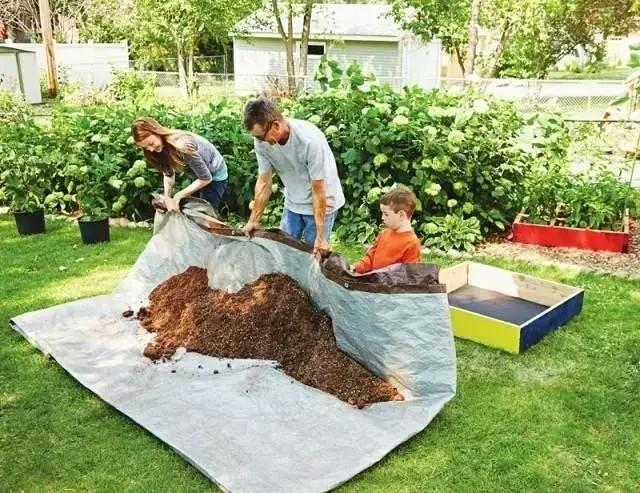
4. Fix the wooden strips or ropes to the wooden frame and divide the vegetable patch into 4 rows and 4 columns, for a total of 16 small grids. Note that the wooden strips or ropes only divide the surface of the vegetable patch into grids, and do not separate the soil underneath.
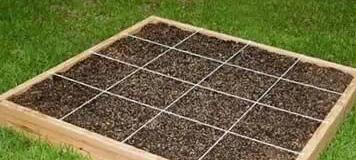
5. Plant one vegetable per grid, 1, 4, 9, or 16 plants per grid. To plant, mark each grid with small sowing cells. Sow one or two seeds in the center of each cell, cover with soil, and water. After the seeds germinate, you can cover each cell with fallen leaves, hay, or coarse compost.

6. For watering, you can use a bucket to collect rainwater, then use a small cup to water each vegetable in the grid. Note! Different vegetables require different amounts of water, so you need to water them appropriately according to their needs.
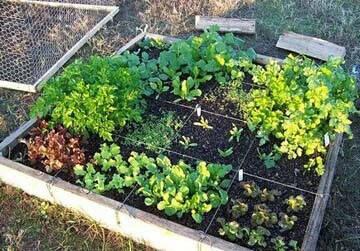
7. After harvesting the vegetables in one grid, add some fertilizer and plant another type of vegetable. Fully implement crop rotation in these 16 grids.
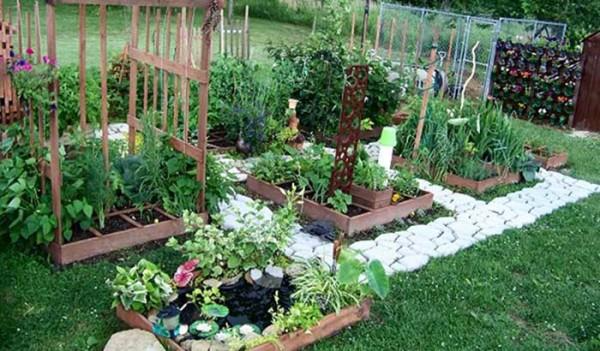
8. Don’t underestimate this one-meter vegetable garden. The vegetables it produces are no less than those produced in traditional vegetable fields!
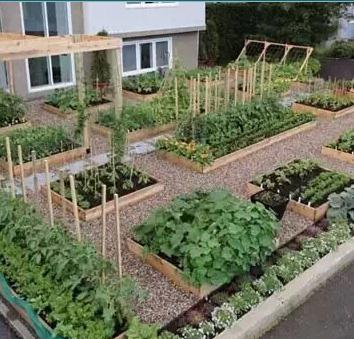
9. After the magical model of "one-meter vegetable garden" came out, it received unprecedented popularity and has been adopted by more than 1 million gardeners around the world. Even the famous White House vegetable garden uses the planting method of one-meter vegetable garden.

How about it, have you learned it after watching it?
For more information on cooking, please follow my WeChat public account "love-zhongcai "